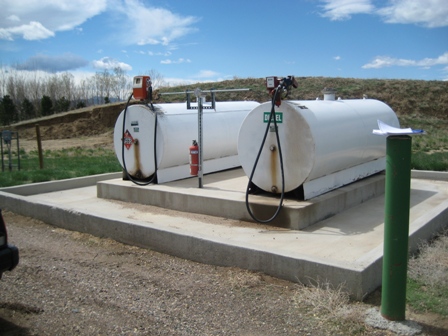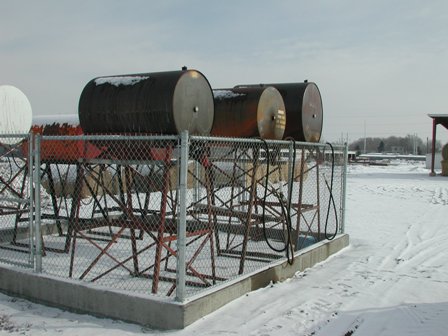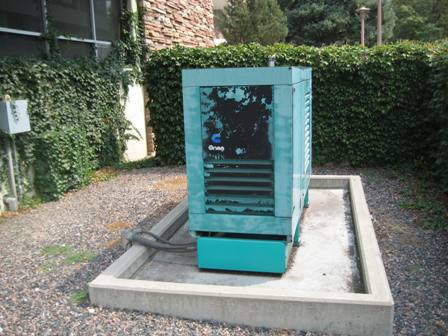Overview of CSU’s Spill Prevention Control and Countermeasures
The Environmental Protection Agency (EPA) requires any facility with aggregate above ground storage more than 1320 gallons of oil to have a Spill Prevention Control and Countermeasure (SPCC) plan. Colorado State University’s SPCC plan is kept on file at Facilities and Environmental Health. CSU’s SPCC plan describes how oil spills and discharges can be prevented from reaching natural surface waters of the United States via storm drains, catch basins, floor drains or direct entry. On CSU’s campus, this includes the Cache La Poudre River, Arthurs ditch, the lagoon, Spring Creek, College Lake, irrigation ditches and any wetlands or dry draws. Control measures in place to prevent spills and discharges include double walled containers, secondary containments, and monthly inspections. We also employ countermeasures in the event there is a spill or discharge. Inspectors are trained and refreshed annually including how to respond to a spill. Spill kits are strategically located near oil bearing containers.
Types of oil regulated by EPA includes petroleum based oils (motor oils, gasoline, diesel, etc.), animal fats and oils including oils from fish and marine life, vegetable oils from nuts, kernels, seeds and fruit, and oil mixed with any waste.
Containers with a 55 gallons or greater capacity must be included in the SPCC plan. On CSU’s campus this includes above ground storage tanks, stand-by generators, fuel tanks, drums and any container with a capacity of 55 gallons or greater. EPA also requires equipment with oil filled reservoirs such as elevators, transformers, oil water separators, etc. to be included in the SPCC plan.
Goals of Colorado State University Spill Prevention Control and Countermeasures include
- Initial installation of proper containers, tanks and equipment and instilling good work habits in personnel associated with oil storage
- Monthly inspections of all tanks, containers and secondary containments
- Proper oil loading and transfer practices
- Trained personnel, equipment and resources available to provide a quick response in the event of a spill or discharge


